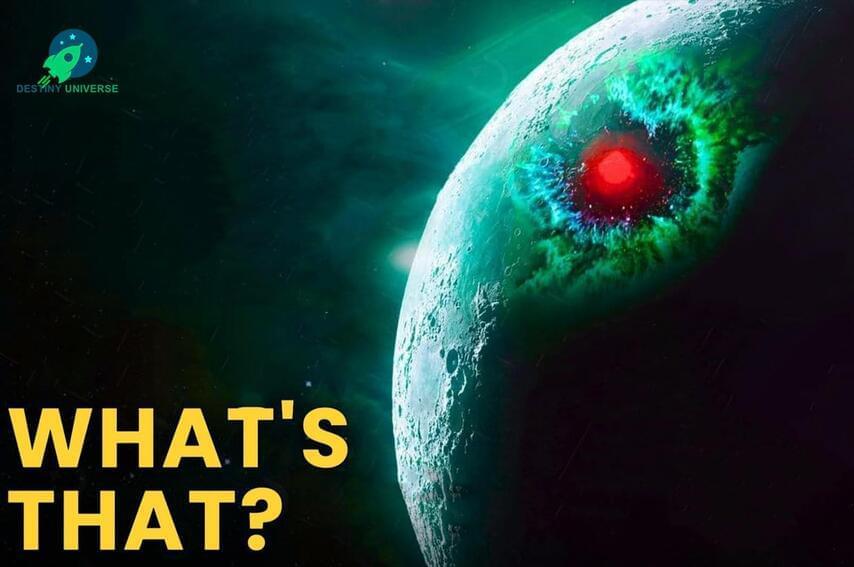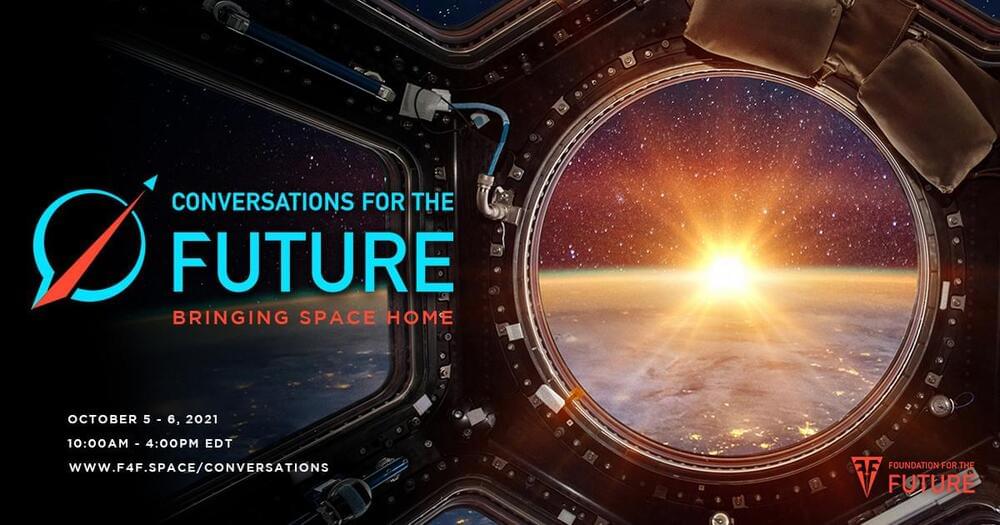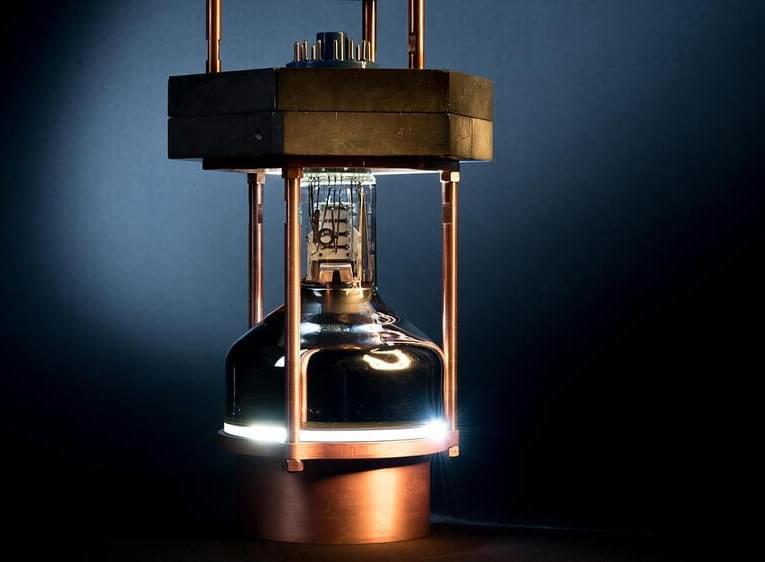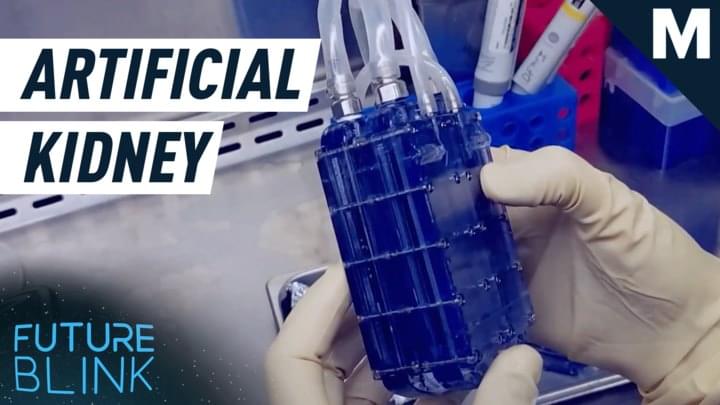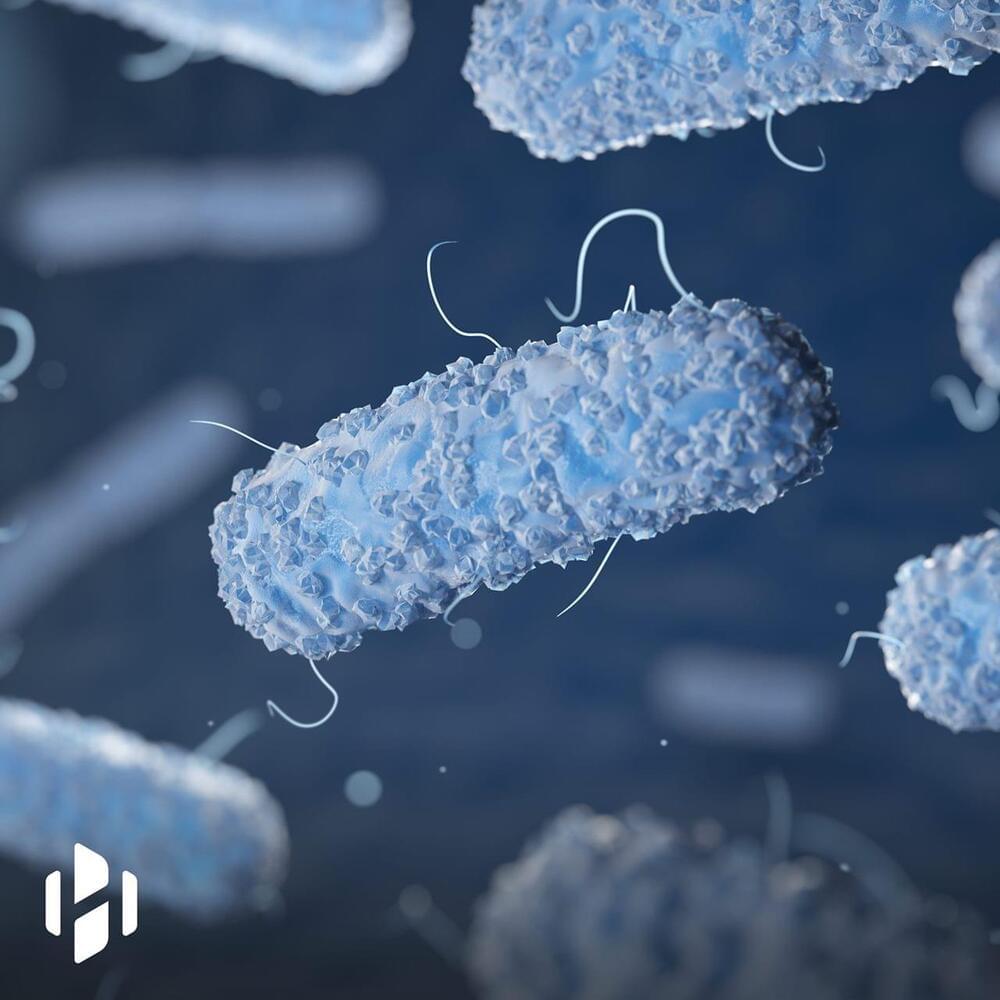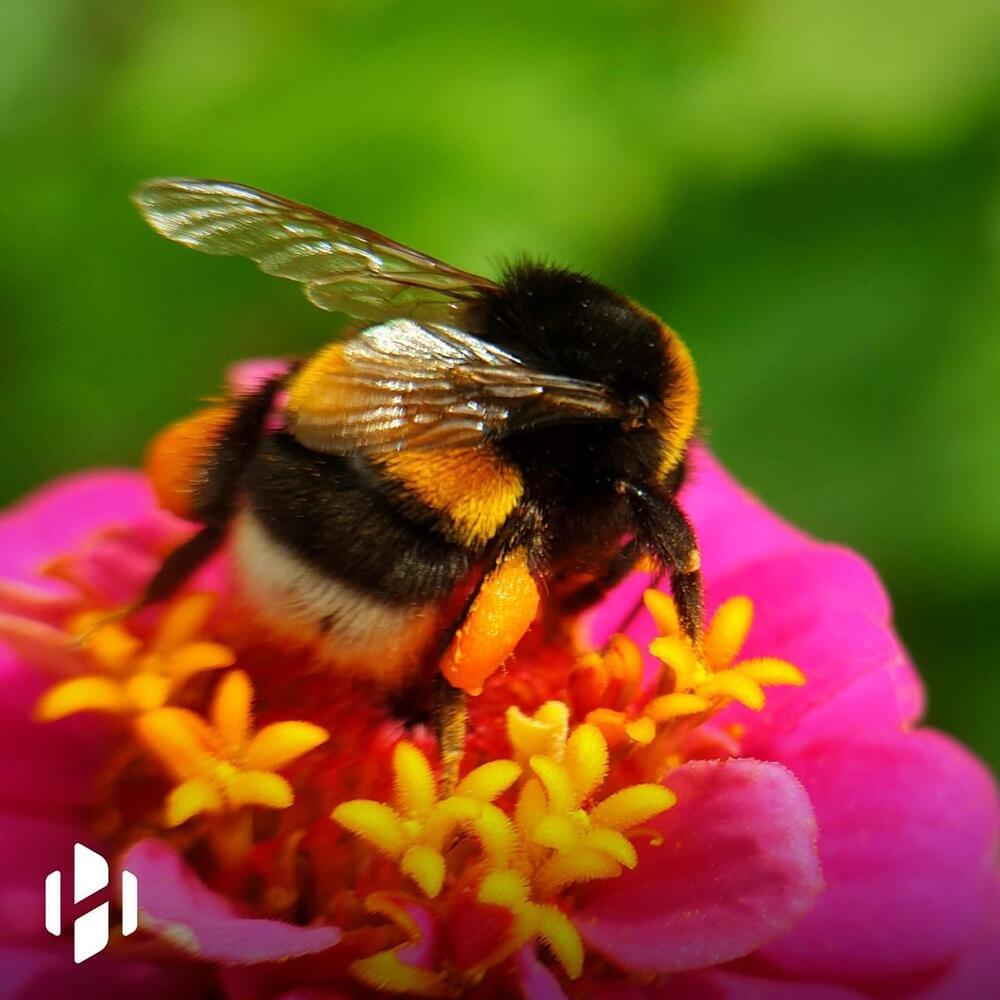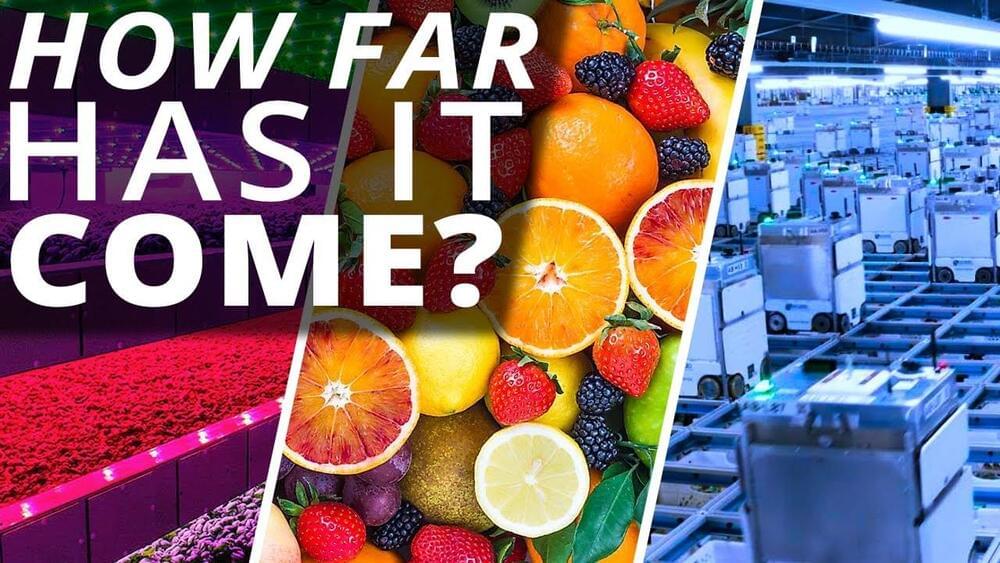Jeffrey Shainline is a physicist at NIST. Please support this podcast by checking out our sponsors:
- Stripe: https://stripe.com.
- Codecademy: https://codecademy.com and use code LEX to get 15% off.
- Linode: https://linode.com/lex to get $100 free credit.
- BetterHelp: https://betterhelp.com/lex to get 10% off.
Note: Opinions expressed by Jeff do not represent NIST.
EPISODE LINKS:
Jeff’s Website: http://www.shainline.net.
Jeff’s Google Scholar: https://scholar.google.com/citations?user=rnHpY3YAAAAJ
Jeff’s NIST Page: https://www.nist.gov/people/jeff-shainline.
PODCAST INFO:
Podcast website: https://lexfridman.com/podcast.
Apple Podcasts: https://apple.co/2lwqZIr.
Spotify: https://spoti.fi/2nEwCF8
RSS: https://lexfridman.com/feed/podcast/
Full episodes playlist: https://www.youtube.com/playlist?list=PLrAXtmErZgOdP_8GztsuKi9nrraNbKKp4
Clips playlist: https://www.youtube.com/playlist?list=PLrAXtmErZgOeciFP3CBCIEElOJeitOr41
OUTLINE:
0:00 — Introduction.
0:44 — How are processors made?
20:02 — Are engineers or physicists more important.
22:31 — Super-conductivity.
38:18 — Computation.
42:55 — Computation vs communication.
46:36 — Electrons for computation and light for communication.
57:19 — Neuromorphic computing.
1:22:11 — What is NIST?
1:25:28 — Implementing super-conductivity.
1:33:08 — The future of neuromorphic computing.
1:52:41 — Loop neurons.
1:58:57 — Machine learning.
2:13:23 — Cosmological evolution.
2:20:32 — Cosmological natural selection.
2:37:53 — Life in the universe.
2:45:40 — The rare Earth hypothesis.
SOCIAL:
By Steve Koppes Aug 3 2017 UChicago physicists play leading role in confirming theory predicted four decades ago In 1,974 a Fermilab physicist predicted a new way for ghostly particles called neutrinos to interact with…
Vertical Farming has come a long way since the original series was posted 3 years ago, and there have been many developments that are shaping the future of the industry. Whether it’s large scale plant factories, community urban farms, or even new types of farm, the size of vending machines, and even vertical farms at home, the way we grow is changing.
But it’s not just the way we grow, what we grow is also changing. Vertical Farms are adding new crop types like tomatoes, cucumbers, strawberries and many other types of fruits and vegetables, and this change has happened sooner than the original series projected.
But to really have a significant impact on the global challenges of climate change, food security and water security, we will have to grow energy intensive crops like wheat and rice in vertical farms.
Are we on track to meet this challenge, or is vertical farming struggling to improve its energy efficiency? Is vertical farming closer to changing the world?
Previous video in series: The Future Of Vertical Farming.
https://youtu.be/ESuzrY2abAw.
Is Solar Power The Future Of Energy?
